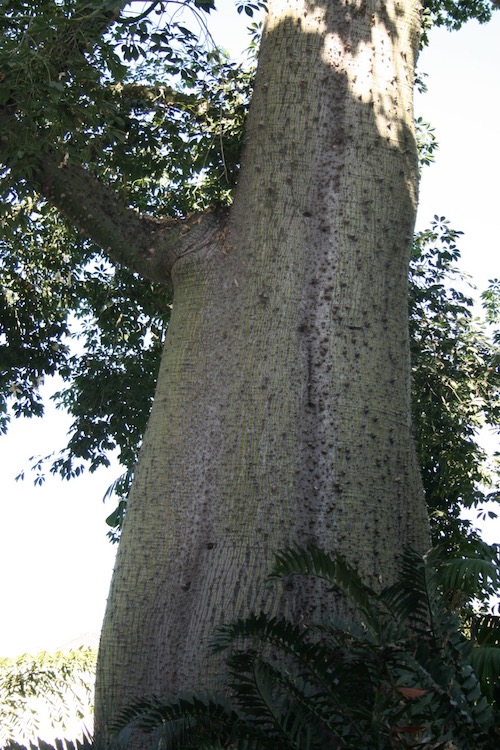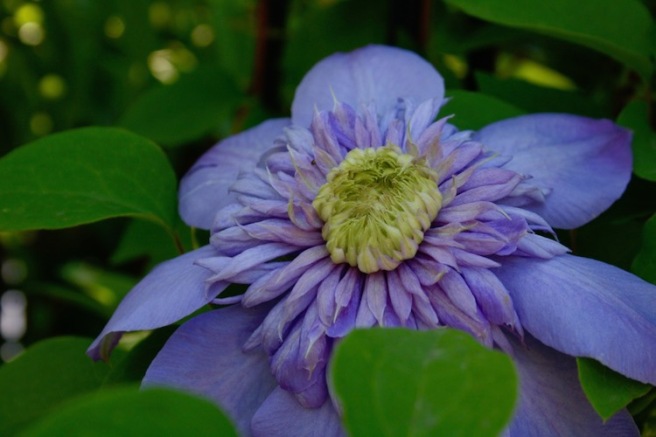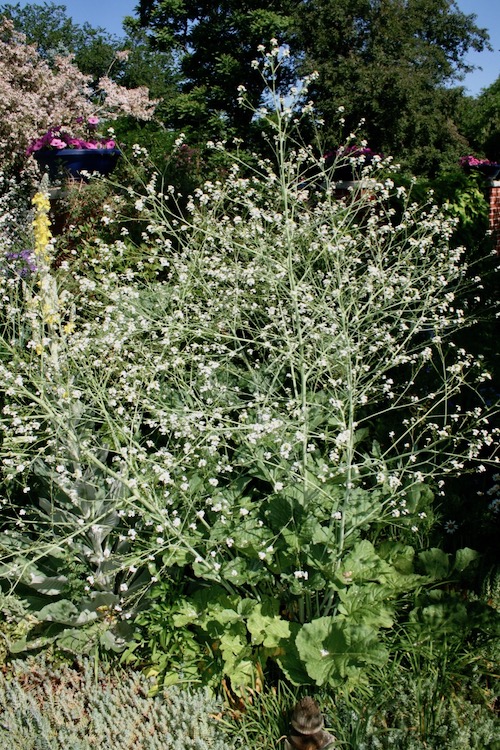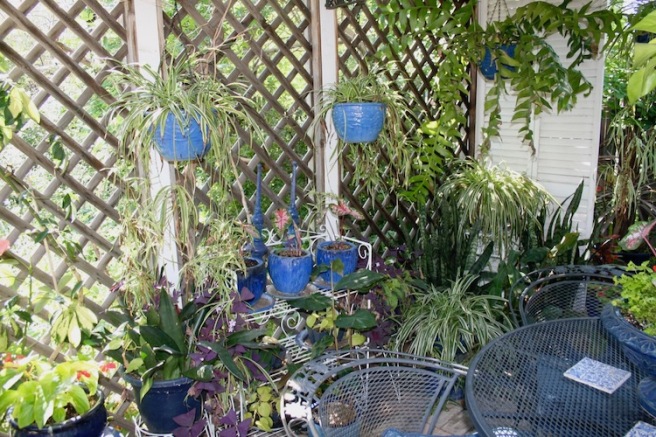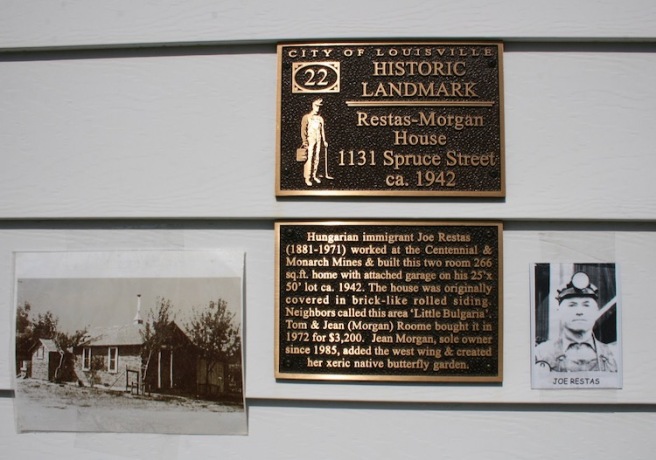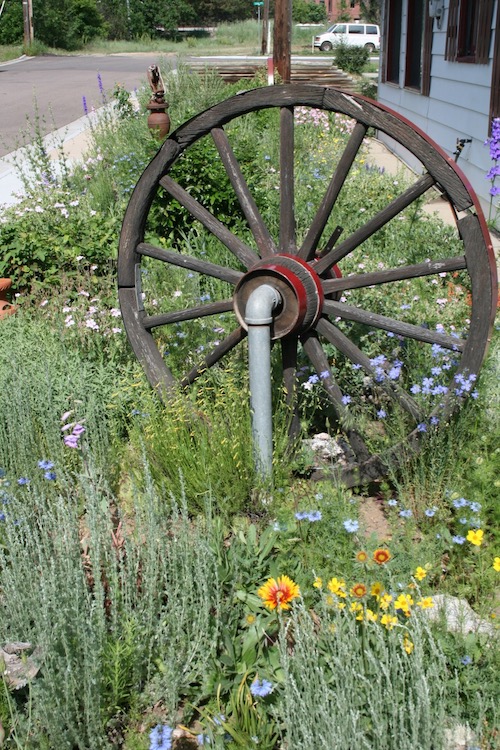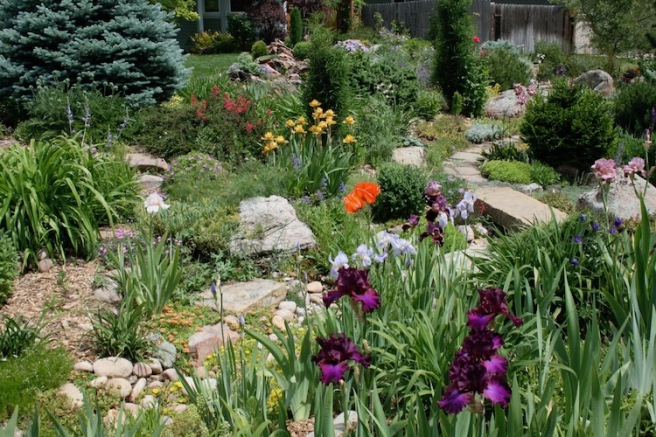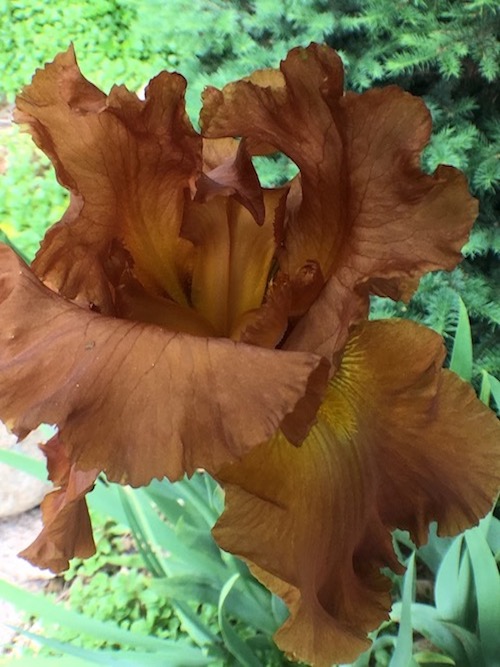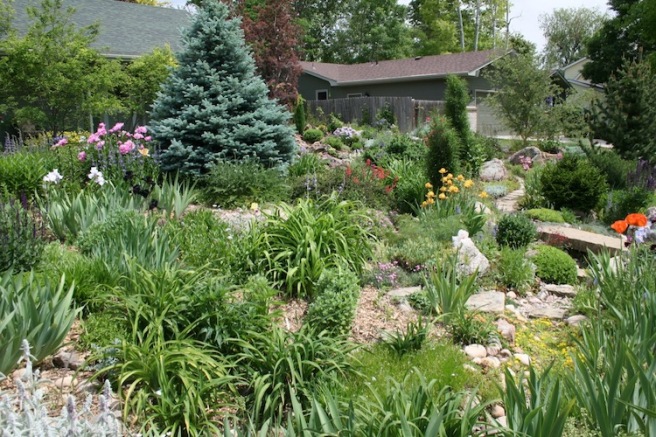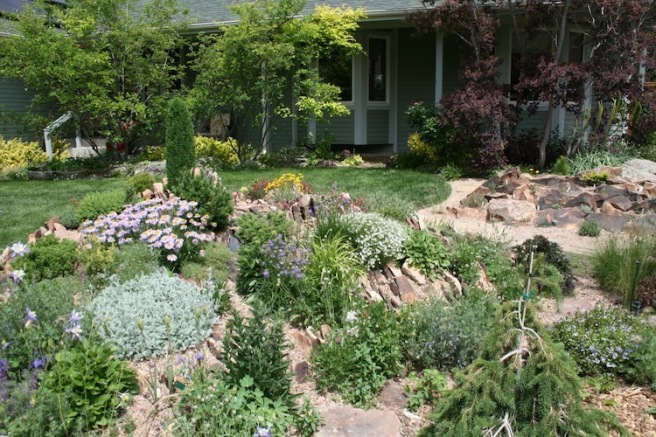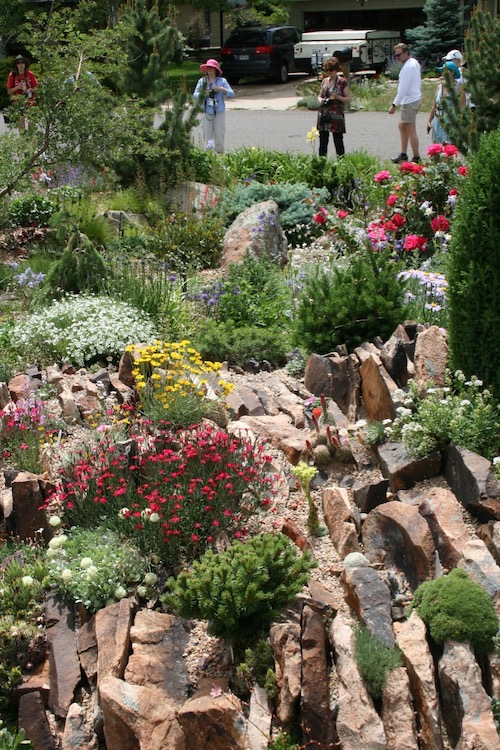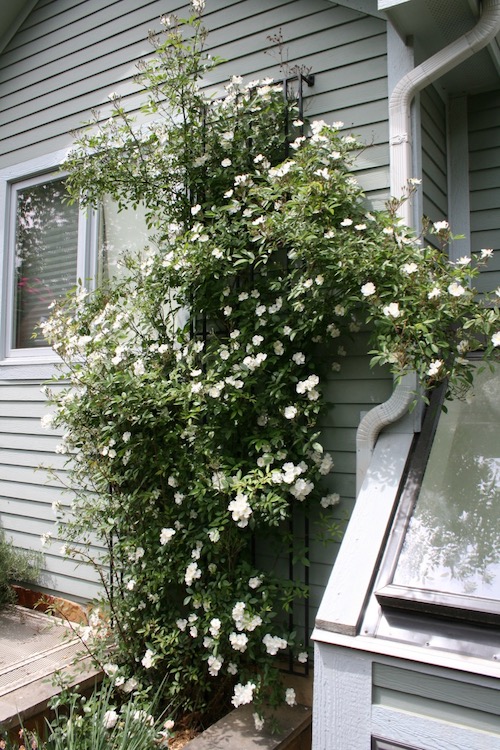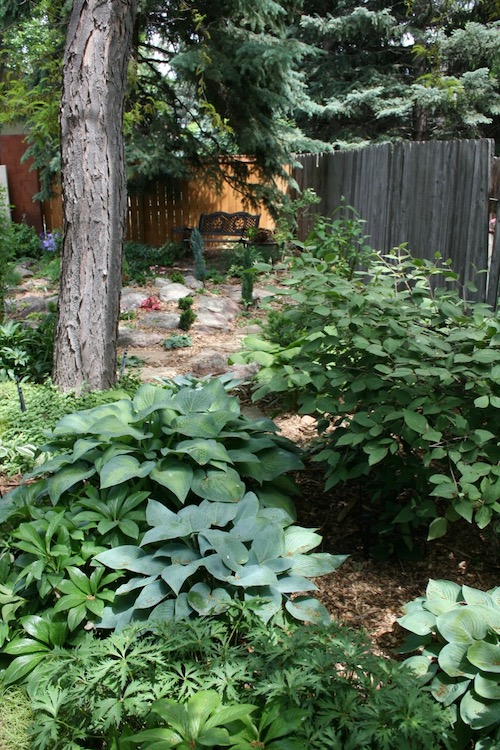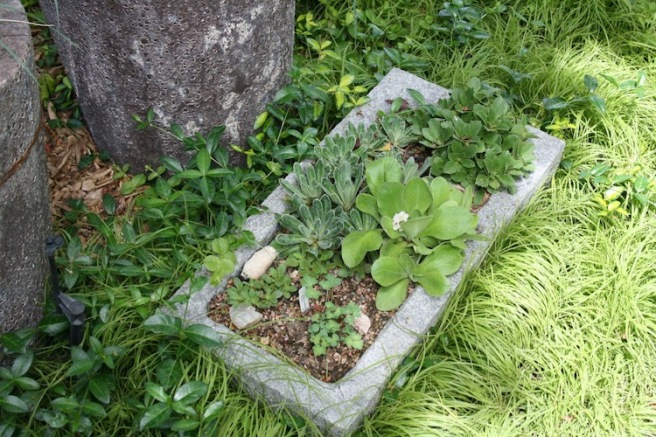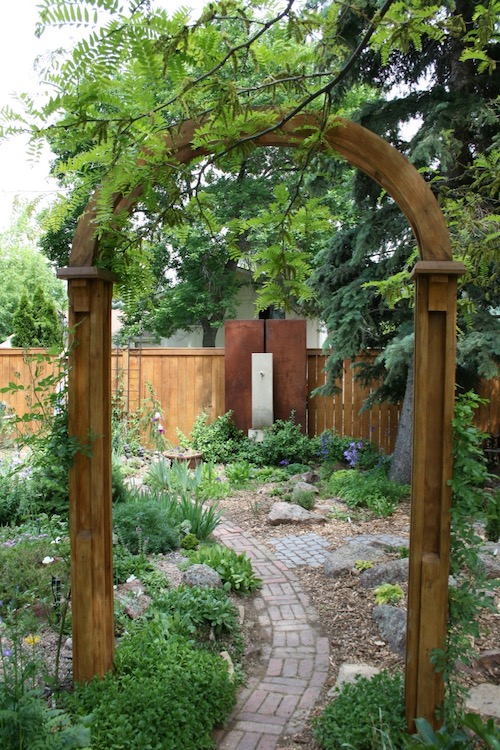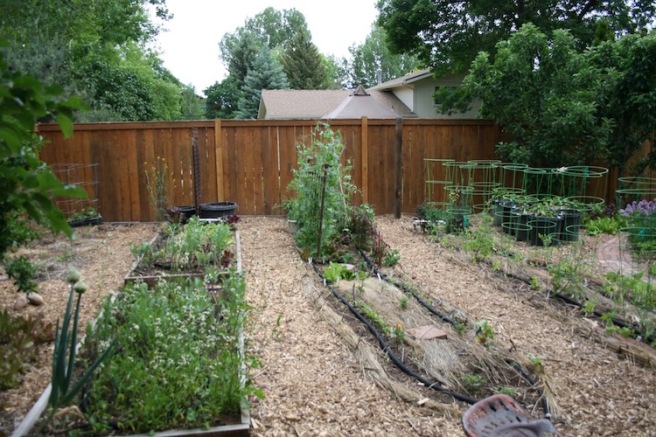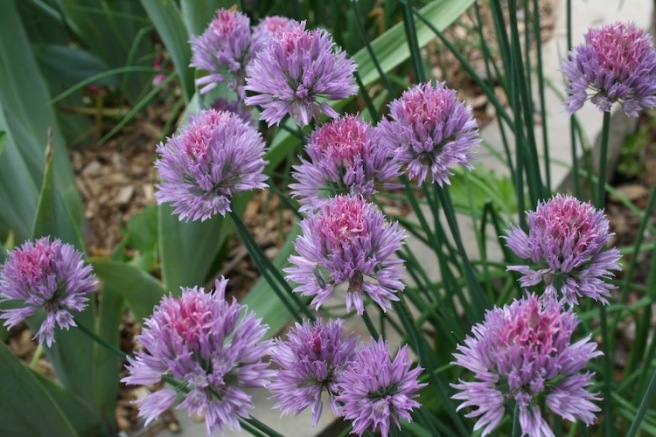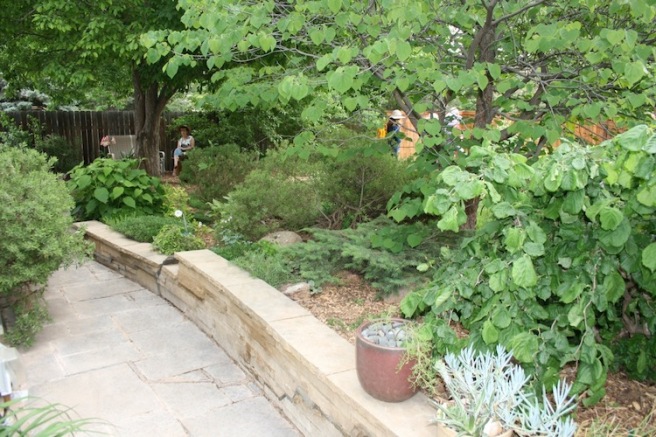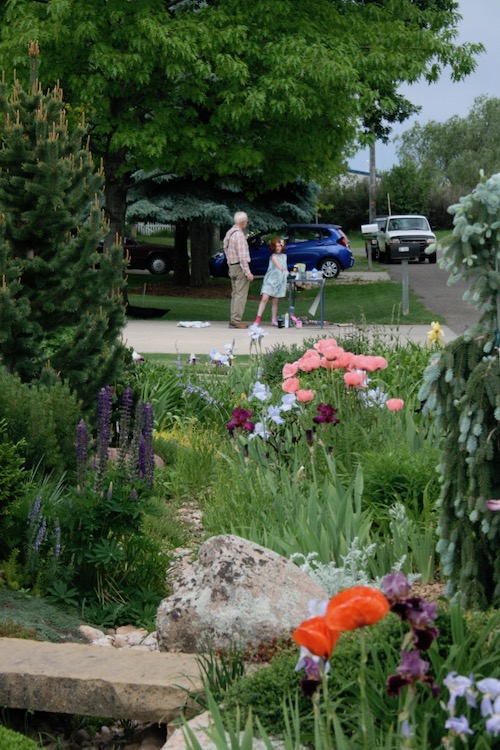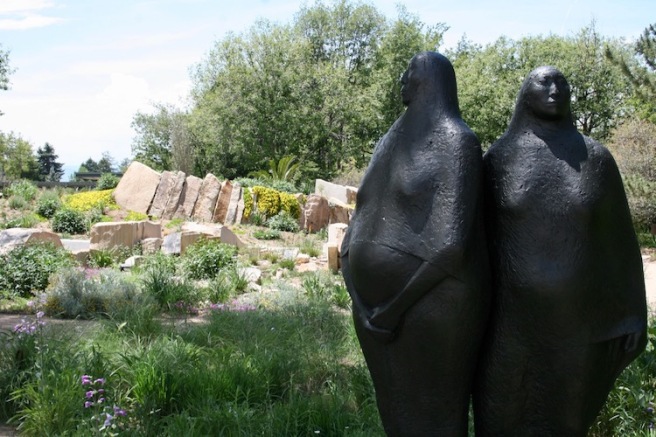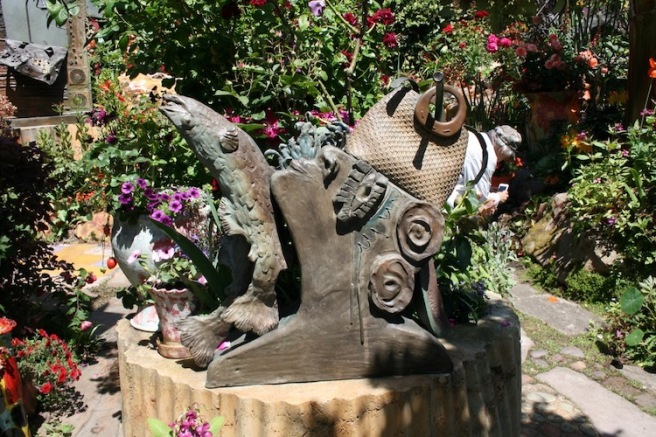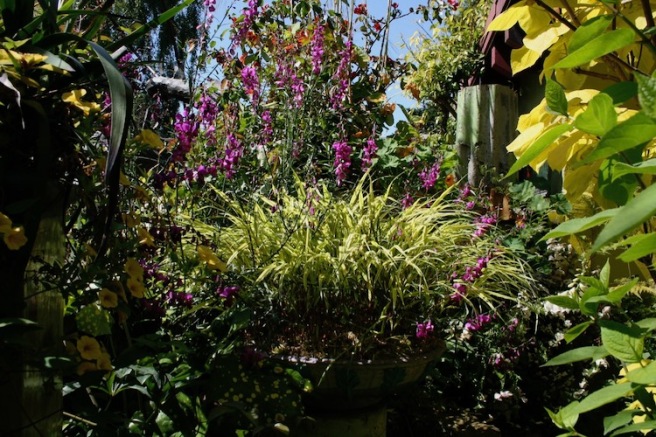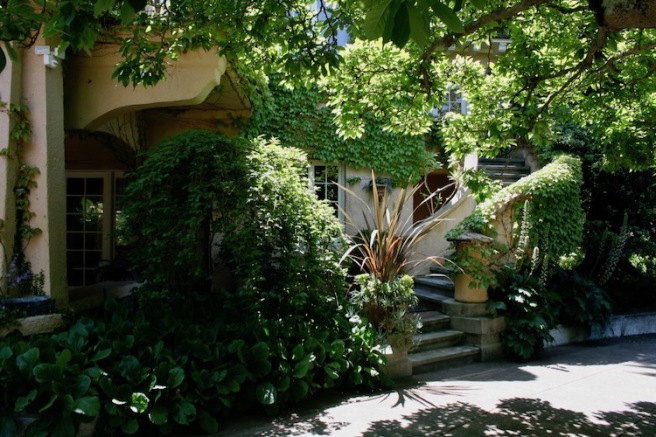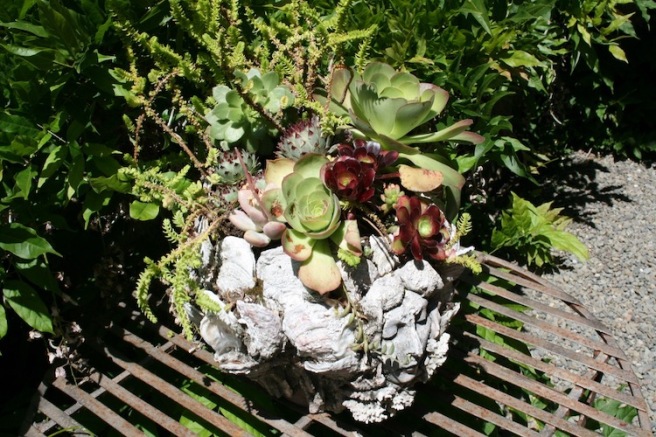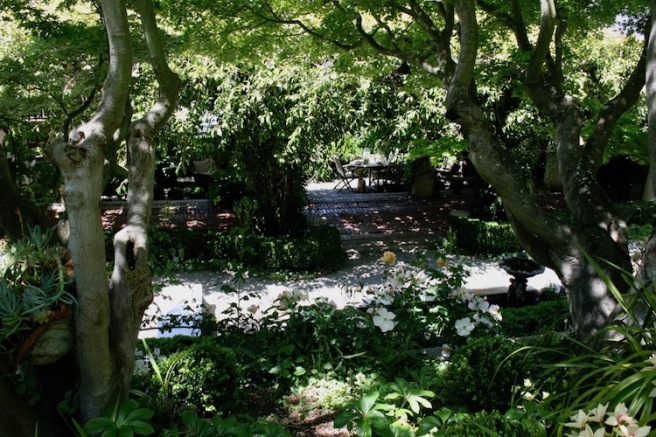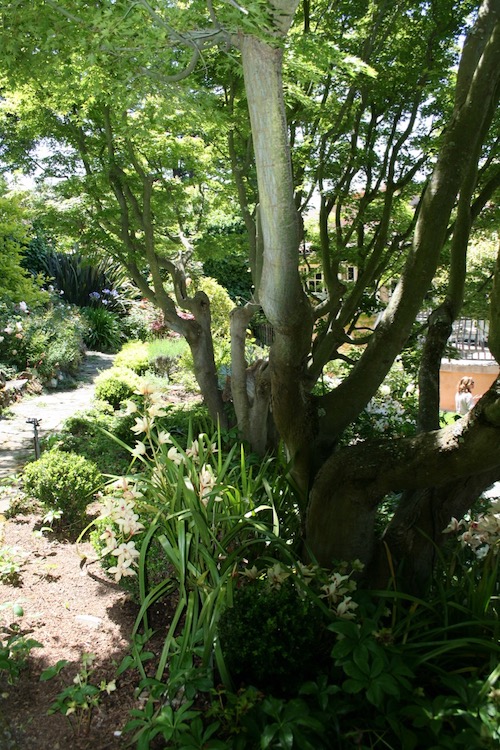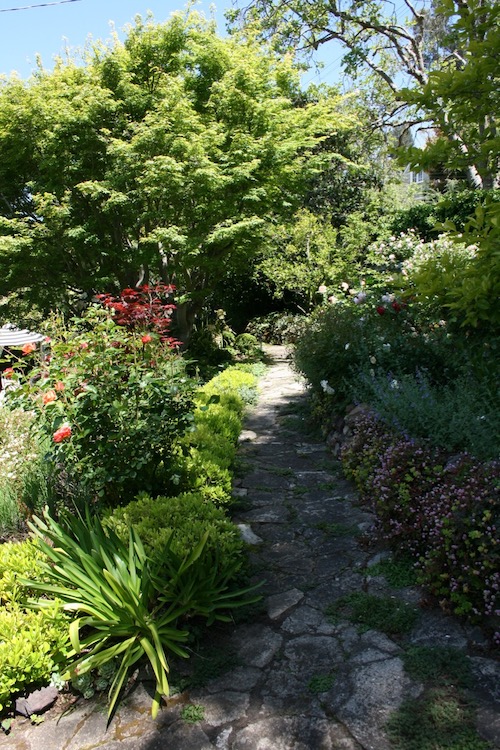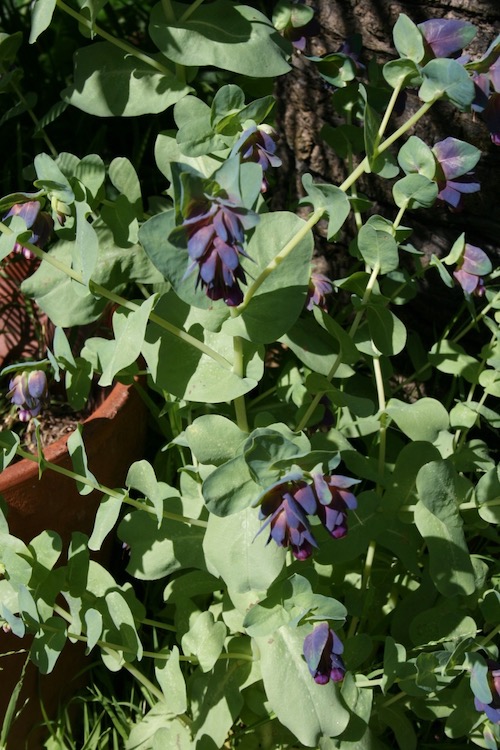In the many years I lived in Southern California I never visited The Huntington Library, Art Museum, and Botanical Gardens in San Marino just north of Los Angeles. An overnight road trip to attend two educational lectures in the LA area, one at Rothenburg Hall on the grounds of this sprawling 120 acres of specialized botanical gardens, offered me a very brief window to view a small part of the gardens. The Huntington Library is a collection-based educational and research institution established by Henry E. and Arabella Huntington. The institution also has an extensive art collection focused on 18th and 19th century European art and 17th to mid-20th century American art. When I say hot minute, I mean just that. I arrived at 1 pm, about 45 minutes before the lecture was to begin, and it was 92°! Fortunately I had checked the weather forecast before leaving my Central Valley home where temps have been comfortably in the 60s and 70s–which is pretty warm for us in mid-November.
Knowing I would not be able to do the world renown Japanese and Chinese gardens justice and that the Australian and Desert Gardens were a pretty good walk away, I stayed close to the Education & Visitor Center and took in what I could. To experience all the themed gardens and see the art and science exhibits to boot, I think all but the most casual visitor probably needs 2 full days and then to visit again at different times of the year as the scenery is ever changing.

The 6.5 acre Brody California Garden fills an allée central to the Education & Visitors Center. My map tells me that my lecture hall is reached through the Rose Hills Foundation Garden Court so I locate that first to get both my bearings and my time frame available for wandering in perspective. The California Garden is home to 50,000 California native and dry climate plants, reflecting the area’s Mediterranean climate. The purple emerging foliage on the silvery Acacia baileyana ‘Purpurea” is reflected in its name.



At the end of the olive allée, the garden transitions to the historic core of The Huntington property.

The Celebration Garden greets visitors with a shallow stream of recirculated water that empties into a rectangular pool. Plantings here, including those in pots, negate the common belief that drought tolerance equals dry and dull. Vibrant salvias and lavenders plus the varied hues of succulents, large and small, offer a riot of color.

Just beyond the Celebration Lawn is an outdoor installation which inaugurates the new /five initiative at The Huntington focusing on creative collaborations with other organizations. NASA/Jet Propulsion Labs is the first of five partners (over 5 years) and the project’s them was drawn from The Huntington Library’s aerospace history collection.
While standing in the middle of the pavilion, visitors hear sounds which represent the location of 19 NASA satellites orbiting and observing Earth’s surface, biosphere, atmosphere and oceans. NASA satellites say “hello” as they move across the sky by pairing the live trajectory data of each spacecraft to artistically created sounds. You can find extensive information about this unique installation and the initiative at http://www.huntington.org/orbit.





At this crossroads I elected to see the more European inspired gardens surrounding the original mansion, leaving the palms and their friends for another trip.



Native to the dry regions of Argentina, the trunk of the white silk floss tree (Chorisia insignis) stores water in its bulbous, spiny trunk. At first I wasn’t sure that the flowers were actually part of this tree rather than a vine which had scrambled up it willy nilly.
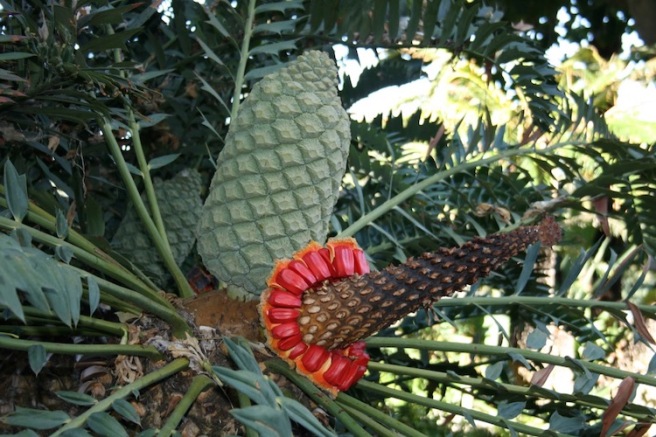


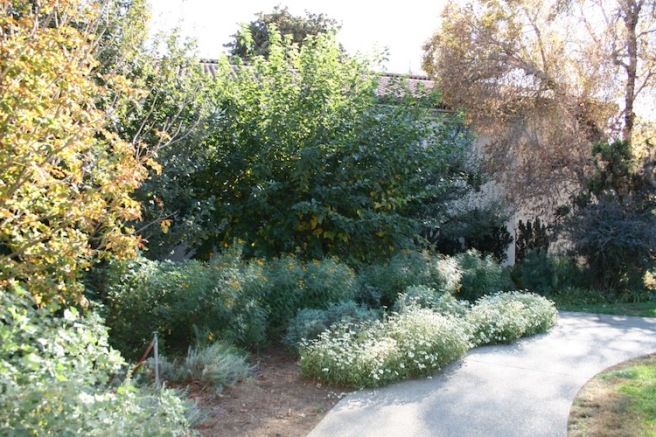
As you would expect of a home from this era, plantings of mature mixed shrubbery wind among broad expanses of lawn.
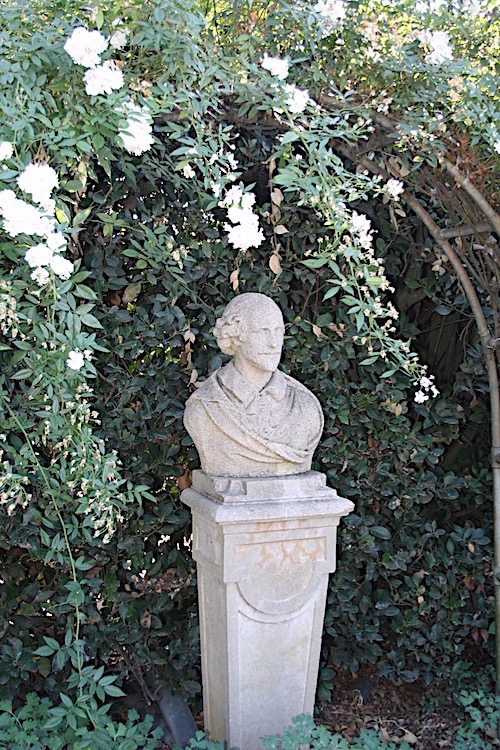


The 3 acre Rose Garden was originally created in 1908 for the private enjoyment of Mr. and Mrs. Huntington. It now contains more than 3,000 plants and 1,200+ different cultivated varieties. This arbor covered pathway leads to the Japanese Garden.
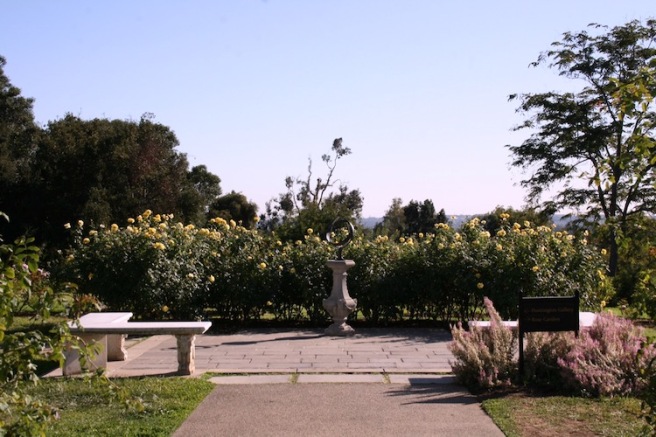

Rounding the house through the Rose Garden the expansive raised back terrace comes into view. The floribunda rose seen in the lower left is ‘Huntington’s 100’, named in honor of The Huntington’s Century celebration being held throughout 2019.

Huge hibiscus shrubs were tucked up against the house and still sporting their bright tropical blooms a month before Christmas.


Back almost full circle from the little garden where I started (you can glimpse it through the columns on the left) is this lovely covered area with a panoramic view of the grounds on two sides. Closing my eyes, I can see this exquisite space at dusk bathed in candlelight with gracious ladies in long gowns and men in tuxedoes milling about with brandies in hand, enjoying the coolish night air.
With the lecture time drawing near, I quick walk back to the glass domed garden court. It is fabulous inside with the air somewhat cooler and many places to sit for a bit.

The program begins only moments after I get settled into my seat in the adjacent auditorium.

James Brayton Hall, Chairman & CEO of the Garden Conservancy is speaking on America’s Outstanding Gardens as part of a quarterly lecture series sponsored by the California Garden & Landscape History Society. Although this organization is new to me, I have been a member of the Garden Conservancy for many years and attend as many of their California Open Days as I can fit in each year. Look back at my post A little Mendocino madness… for a look into the work of the Garden Conservancy or go directly to their website http://www.gardenconservancy.org for information on their mission and programs.
Mr. Hall’s slideshow featured photos of and commentary on many of the gardens that the Conservancy has helped to preserve for the benefit of the public, as well as his thoughts on what makes a garden outstanding and how the Conservancy goes about its preservation efforts. Of special interest to me were the historical perspectives on two of Garden Conservancy’s ongoing projects: the Gardens of Alcatraz and the Gardens at Palmdale in Fremont, CA–both on my road trip wish list. We also got a video introduction to a new project they are calling the Garden Film Documentation program. Short films are being produced telling the stories of gardens which have been the focus of the Conservancy’s preservation efforts. So far two have been produced and you can see a trailer for the film on the John P. Humes Japanese Stroll Garden in Short Hills, NJ on the website. Check it out!
So much more to be seen at The Huntington than the small part I toured today–I always like to find out about the people behind these fabulous properties enjoyed by the public on a daily basis and I’ll try to do that before I return. I can see that each of the major themed gardens will be deserving of its own post. Reading about them beforehand helps me to not miss any of the high points because I’m caught up in the wonder of each new plant combination or fanciful garden structure.
Tomorrow I’m off to see the Virginia Robinson Gardens in Beverly Hills and hear Tim Lindsey speak on Re-Wilding Your Garden–focusing on creating a garden with plants for wildlife, pollinators and people. This is a garden I’ve been trying see for years and have no idea what to expect from this 6 acre property in the heart of the city. See you soon!


